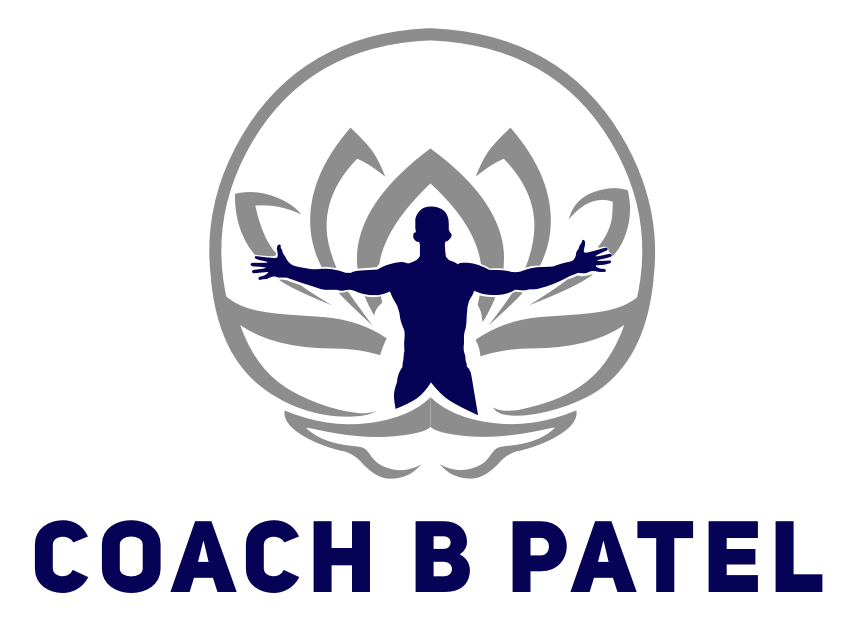Long Femurs? Gotta Single Leg Squat
If you work with basketball athletes or taller athletes, you may have noticed that these athletes may struggle with not only double leg squatting but also single leg squatting. This is because their femurs tend to be longer than the average folk.
This comes back to simple physics as a longer lever is more difficult to control. And if an athlete has trouble controlling movements, injuries are sure to occur. Every joint within our body needs a certain amount of mobility (movement) and stability (control). If mobility is established then we need to add stability/control to it. In our case of long femurs and squatting, the first step is to make sure there is adequate mobility within the hip joint. If that is good we need to move onward to see why an athlete still has trouble performing the movement. The movements that tend to be the hardest to control are the eccentric actions of the squatting movement which are internal rotation and adduction.
Now which muscles help control these femoral movements? Namely the muscles that help to externally rotate and abduct the hip which are the gluteal muscles.
The Glute max, medius and minimus play a huge role in developing femoral control. And we have to train these muscles in ways that help to work on these actions. If we don't include exercises that help to work on femoral control than it could lead to knee issues in our athletes. Double leg squatting is a good starting point but having 2 fixed points of contact doesn't challenge the hip musculature to the same degree as single leg work....and single leg unsupported to be specific.
Mike Boyle was the first strength coach that broke down single leg training into single leg supported and single leg unsupported. Single leg supported exercises is where you have 2 points of contact where one leg is performing the majority of the work. Examples are lunges, split squats, lateral squats, etc. Single leg unsupported work is where the body is supported on a single leg and the other leg is free (in the air). Examples of these exercises are single leg squats, step downs, single leg reaches, and pistol squats.
With basketball athletes and athletes with longer femurs it is imperative that single leg unsupported work be included to help develop the glutes to control the femur. Single leg squats to a box with a band above or below the knees is a great way to start and get the athlete to understand femoral control and the importance of it. You may need to start your taller athletes with a higher box and progressively move them down to a lower box as their strength and control improve. We should all know the importance of single leg strength now, but if you are working with taller athletes make sure single leg unsupported work is included within your program. What are other variations that you would include?

